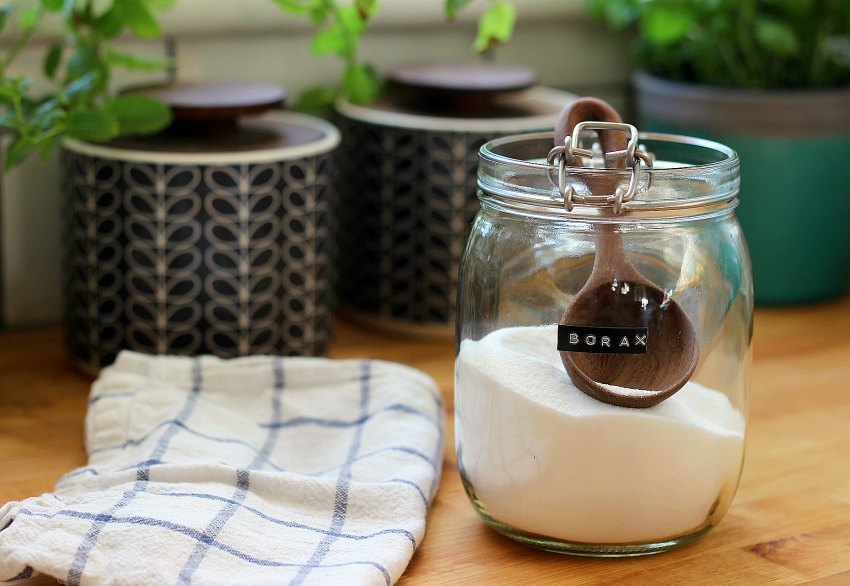Can You Freeze Rice Milk? Here Are My Best Tips
To support the running costs of Moral Fibres, this post may contain affiliate links. This means Moral Fibres may earn a small commission, at no extra cost to readers, on items purchased through these links.
Wondering if you can freeze rice milk? You can – but it can be a little tricky to get right. To help you out, here are my best tips for great results every time.
If you’ve been exploring vegan or dairy-free living, then you may have turned to a plant-based milk alternative, such as rice milk.
I’m more of an oat milk kind of woman – rice milk is a bit too thin and sweet in my coffee or tea for my taste. However, I do sometimes turn to rice milk when I’m cooking. I’ve found that it’s great for use in certain sauces and soups, as it doesn’t overwhelm other ingredients. But, as I use it in small quantities, it does mean that I often have too much rice milk on my hands.
Rather than letting the unused milk go to waste, I’ve been looking at ways to extend its shelf life. After all, a typical household in the UK discards 18 pints of milk a year. Anything we can do to reduce our food waste, no matter how small, is a positive step.
Financially, it helps to keep our food bills as low as possible. By reducing waste, you’re effectively getting more value out of the groceries you buy. And environmentally, it makes sense. It’s estimated that about 6% to 8% of all human-caused greenhouse gas emissions could be reduced if we stop wasting food.
So, if you have found yourself in a similar predicament, and have more rice milk that you can use, you may be wondering if you can freeze it to extend its shelf life. So let’s delve in, and explore the ins and outs of freezing rice milk.
Can You Freeze Rice Milk?

The short answer is yes, you can freeze rice milk for up to three months. Once defrosted, you should use it up within two to three days. However, there are a few considerations to keep in mind to ensure the best results – both in terms of maintaining the quality of the milk and in avoiding any waste.
This is because, like most types of plant-based milk, rice milk can change texture and/or consistency during the freezing and defrosting process. You may find the milk separates a little and is a little grainy. This doesn’t mean you can’t use the milk, it just means it’s not always ideal for splashing in your tea, coffee or cereal. However, for cooking or baking, it’s perfectly fine.
My Top Freezing Tips
There’s nothing to stop you from freezing half a carton of rice milk. You absolutely can pop it into a freezer-safe container – leaving at least two inches at the top to allow for any expansion during the freezing process. You can then put that straight into the freezer.
However, the issue with this technique is that when you defrost the milk, the texture may not be ideal for your morning cup of coffee or your bowl of cereal. Consequently, you might pour the milk straight down the drain. This wastes the milk that you spent time freezing to try and avoid waste. You might not cry over spilled milk, but trust me, you may well cry over grainy milk!
To avoid food waste, I personally prefer to freeze my rice milk in an ice-cube tray. Once your cubes are frozen, I recommend popping them into a tub or bag. You should label this, noting what the cubes are and the date you froze them.
There are three main benefits to this approach:
- Freezing the milk in this way means I have pre-portioned sizes of frozen milk on hand that I add directly to sauces, soups and other dishes. A standard ice cube is equivalent to 30 ml or 2 tablespoons of milk.
- Pre-portioning the milk before freezing means you can add it to your cooking without the need to defrost the milk beforehand. This makes it super handy, and means you’re more likely to use up the milk.
- The other bonus is that when the frozen milk is heated up, the milk loses that grainy texture that it takes on in the freezing process. This means using frozen milk is no different to using fresh milk.
In short, this method is just better all round. There’s no waste. Unless, that is, you forget to use up your cubes within the three-month window!
Safety Tips
If, for any reason, you do need to defrost your rice milk before you use it, then it’s important that you thaw it out in the refrigerator overnight to ensure it says below 4°C. You should avoid thawing your rice milk at room temperature, as this can promote bacterial growth and compromise the milk’s safety. Keeping it cool helps to keep the milk fresh.
If, when you remove your cubes from the freezer, they have a bad smell or a funny colour, then you should discard them. It’s always better to be safe than sorry.
More Top Tips
- How To Freeze Oat Milk
- How To Freeze Coconut Milk (fresh and canned)
Found this post useful? Please consider buying me a virtual coffee to help support the site’s running costs.




